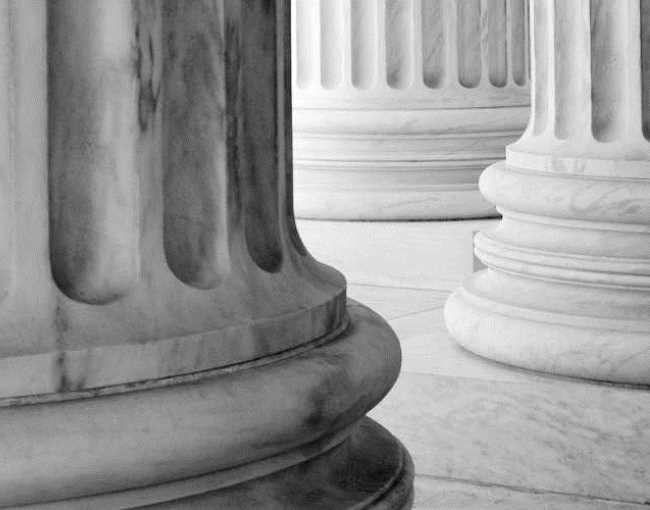A recent U.S. Supreme Court decision, B&B Hardware, Inc. v. Hargis Industries, Inc., heightens the importance of often-neglected trademark conflict administrative proceedings in the Trademark Trial and Appeal Board.
B&B Hardware presented a case of two trademarks: SEALTITE and SEALTIGHT. There were two different proceedings to determine if consumers were likely to confuse them. The Supreme Court was asked, could there be two different results? The answer: Not if the two proceedings are deciding the same issue.
Trademark owners can litigate possible conflicts between marks in either the TTAB (regarding whether a mark should be registered), or a U.S. District Court (where the proceeding focuses primarily on whether a mark can be used). The question in B&B Hardware was whether a decision in a TTAB case was binding in a later district court case, and the Supreme Court ruled that it was binding, absent special circumstances.
As a practical matter, the ruling means that trademark owners will need to take TTAB proceedings more seriously than in the past, because the results of those administrative cases may affect not only what marks get registered, but also what marks can actually be used. TTAB cases have often been treated with less attention and resources than district court litigation. But now that TTAB rulings may be decisive for all purposes, trademark owners are likely to pay more attention to them, possibly using expert witnesses, broader discovery, more motions, and more appeals of adverse rulings.
The specific issue in the SEALTIGHT versus SEALTITE case was whether, when B&B Hardware (owner of SEALTIGHT) sued Hargis (owner of SEALTITE) in district court, that court was required to honor the TTAB’s ruling that the two marks were confusingly similar.
Trademark practitioners and brand owners have typically viewed the TTAB likelihood of confusion analysis differently than the likelihood of confusion analysis for federal court proceedings. The TTAB typically conducts its analysis in a vacuum, focusing on the marks as shown and the goods/services as specified in the relevant application/registration—even if the actual usage of the marks by either party differs. In contrast, courts routinely consider real world marketplace conditions, including the way that a mark is displayed (e.g., font, stylization) and more specific information regarding the manner in which goods/services are offered, the customers to whom they are offered, channels of trade, etc.
The Supreme Court concluded that a TTAB finding as to “likelihood of confusion” should preclude re-litigation of that issue in a court proceeding, so long as the ordinary elements of issue preclusion are met and “the usages adjudicated by the TTAB are materially the same as those before the district court” (emphasis added). The “ordinary” elements of issue preclusion require that (1) an issue is litigated and determined by a final judgment, and (2) the determination is essential to the judgment. Issue preclusion is applied in those situations where the same issue is before two courts, and often in those cases where the same issue is before a court and an administrative agency.
In its analysis, the Supreme Court said that the “real question” before the court is whether likelihood of confusion for purposes of registration is the same standard as likelihood of confusion for purposes of infringement. Its answer to that question is “yes”—the standard is the same, even if the TTAB and federal courts use different factors to assess likelihood of confusion. This is because (1) the factors are not fundamentally different, and (2) if federal law provides a single standard (i.e., likelihood of confusion), parties cannot escape an unfavorable decision simply by litigating in other courts that apply the standard differently.
The Supreme Court did recognize that “for a great many registration decisions issue preclusion obviously will not apply because the ordinary elements will not be met.” If the TTAB has not decided the same issue that is before a district court “there is no reason why any deference would be warranted.” Thus, if a trademark owner uses its mark in ways that are materially unlike those covered in its application/registration, then the TTAB is not deciding the same issue and its decision should have no effect in a lawsuit where actual usage in the marketplace is paramount. The key issue is whether a trademark owner uses its mark in materially the same way as the usages specified in its application.
Finally, issue preclusion is not a one-way street. Thus, in those cases where a district court decides an issue that overlaps with the TTAB analysis, the TTAB should give preclusive effect to the court judgment.
To read the full decision, click here.

